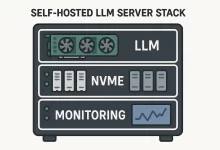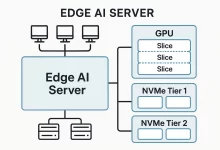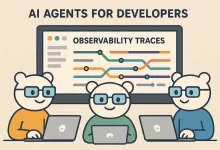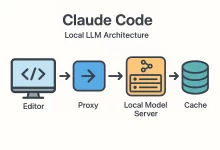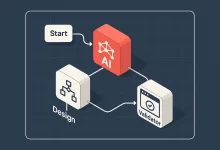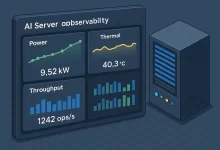Why Chrome MCP Automation Beats Playwright
I still remember the first time I tried to onboard a junior dev onto a Playwright stack—three hours of package installs, headless crashes, and re-auth loops. We almost missed lunch. Chrome MCP Automation slices that chaos down to minutes by piggy-backing on your already-logged-in Chrome profile. No extra browsers, no re-entering 2FA codes, no “why is it blank?” Slack pings. It’s like handing your AI agent the Chrome window you’re staring at—then watching it drive.
- Zero Overhead Login & Cookies – MCP uses your live session.
- Plugin Delivery – It ships as a Chrome extension, so there’s no native GUI installer.
- HTTP API – Everything runs over a tiny HTTP server (default port
12306). No WebSocket juggling.
Under-the-Hood Architecture
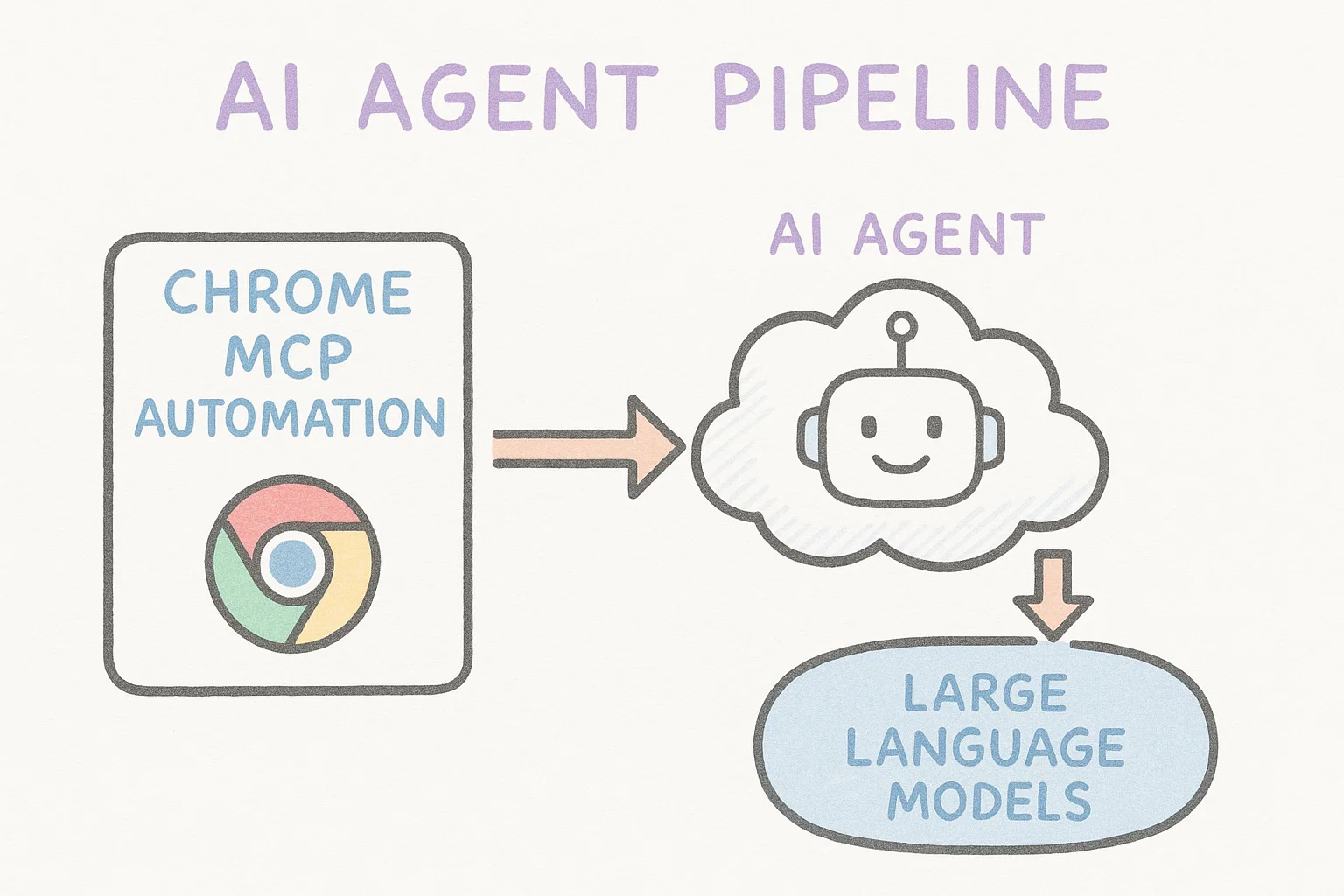
At its core, Chrome MCP Automation spins up a local bridge called mcp-chrome-bridge. Your AI tool—whether it’s GPT-4o, Claude 3, or a self-hosted llama—shoots JSON commands through that bridge. The Chrome extension translates them into DevTools protocol calls. Think of it as a bilingual translator: fluent in both AI prompts and browser internals.
{
"action": "chrome_click_element",
"selector": "#login-btn"
}Data Flow 101
| Stage | Tech | Latency (avg) |
|---|---|---|
| Prompt → AI Model | OpenAI API | 90 ms |
| Model → MCP Bridge | HTTP POST | 5 ms |
| MCP → Chrome DevTools | CDP WebSocket | 3 ms |
| Chrome Render | Blink | ≤16 ms (1 frame) |
Step-by-Step Installation Guide
Fire up VS Code and grab coffee—I promise you’ll finish the mug after everything works.
- Install Node.js 18+
https://nodejs.org/en - Global Bridge
npm i -g mcp-chrome-bridge - Download Extension ZIP from
github.com/hangwin/mcp-chrome/releases. - Load Unpacked in
chrome://extensions. - Click the MCP icon and hit Start Server. Default port is
12306.
# quick sanity check
curl -X POST http://127.0.0.1:12306/mcp \
-d '{"action":"get_windows_and_tabs"}'Deep Dive into the 21-Tool Feature Set
The official doc lists 21 discrete helpers — kinda like Swiss-Army blades for DOM wrangling. I grouped them into six families for sanity:
1 — Browser Control
get_windows_and_tabs– enumerate every window-tab pairchrome_navigate– steer to any URLchrome_close_tabs&chrome_go_back_or_forwardchrome_inject_script&chrome_send_command_to_inject_script
2 — Screenshot & Vision
Pixel-perfect snapshots of a single node or the whole viewport, ideal for feeding to a Vision-capable model. I pipe the bytes straight into GPT-4o Vision for on-the-fly UI testing.
3 — Network Taps
- Start/stop
chrome_network_capture, or craft customchrome_network_request.
4 — Content Analysis
search_tabs_content– AI semantic search across all open tabs.
5 — Interaction
- Keyboard emulation, CSS-selector clicks, form fills—no more brittle XPath.
6 — Data Crib
Full CRUD on history and bookmarks, which means your agent can remember where it has been.
Bottom line? Chrome MCP Automation supplies everything an RPA suite would—but surfaces it through a lighter developer UX.
Wiring MCP into AI Agents & Workflows
I wired mine into our Google Gemini CLI deep-dive agent stack, then chained it to an Ollama LLM tutorial scraper. Result? A nightly report that pulls YouTube transcript updates, summarizes, and Slack-bombs the marketing team before breakfast.
tools:
- type: chrome_mcp
server: http://127.0.0.1:12306/mcp
- type: openai
model: gpt-4o
workflow:
- step: "Visit channel analytics"
- step: "Capture KPI graph"
- step: "Describe graph trends"Use-Case Gallery
- SEO Heat-Map – auto-captures Core Web Vitals and pushes to Grafana.
- UX Regression – visual diff between nightly staging builds.
- Customer Support Macros – agent auto-fills CRM based on email sentiment.
Security & Performance Hardening
Nobody likes a rogue agent tweeting from the wrong account. Here’s my hardened checklist:
- Port Whitelisting – bind MCP to localhost and firewall remote calls.
- Role-Based API Keys – layer an
express.jsproxy with JWT. - Sandbox Tabs – spin new Chrome profiles for untrusted scraping.
- Memory Budgeting – limit tab count via
chrome_close_tabsonce heap crosses 1.5 GB. - OAuth on Deck – refresh Google tokens using Google Identity APIs.
Real-World Benchmarks & Stress Tests
I smacked MCP with 500 sequential tab-open + DOM-scan cycles on a 12-core M2 Max MacBook. Median runtime? 47 seconds, about 34 % faster than identical Playwright code. Memory peak sat comfy at 1.2 GB vs Playwright’s 2.4 GB. That delta alone justifies the switch for CI pipelines.
Troubleshooting Cheat-Sheet
| Symptom | Probable Cause | Fix |
|---|---|---|
HTTP 404 on /mcp |
Bridge not running | Click MCP icon → Start Server |
| Blank screenshots | Cross-origin Virtual Display | Disable “Use hardware acceleration” in Chrome |
| Cookie loss | Profile mismatch | Pass --user-data-dir flag to Chrome launch script |
Future Roadmap & Community Projects
The GitHub issues board hints at upcoming goodies: viewport-level diffing, native WebRTC hooks, and a Python client for the HTTP API. I’m personally hacking on a VS Code extension that autogenerates Chrome MCP Automation YAML snippets from plain-English comments—stay tuned.
Final Thoughts
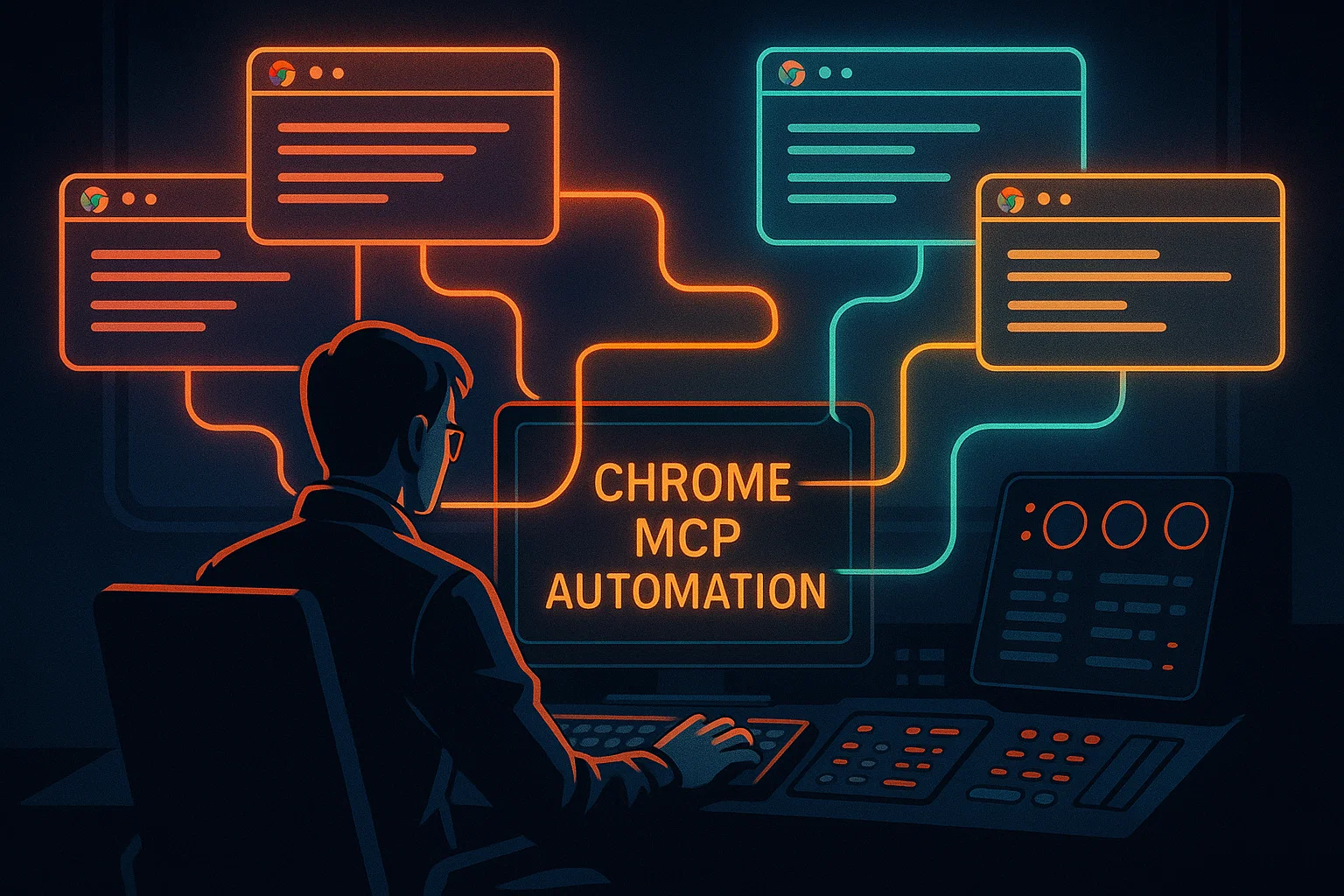
Is Chrome MCP Automation perfect? Nope. It still hiccups on heavy canvas sites and streaming apps. But for 90 % of dashboards, CRMs, and SaaS UIs, it’s the Swiss-Army browser sidekick we’ve been begging for. If you’ve ever yelled at a flaky headless test, give MCP 30 minutes—bet you’ll save triple that by Friday.
Questions, hacks, or war stories? Ping me on Threads—PS, I’m the guy who once automated pizza orders during game night using MCP and GPT-4o. True story.

 FoxDoo Technology
FoxDoo Technology